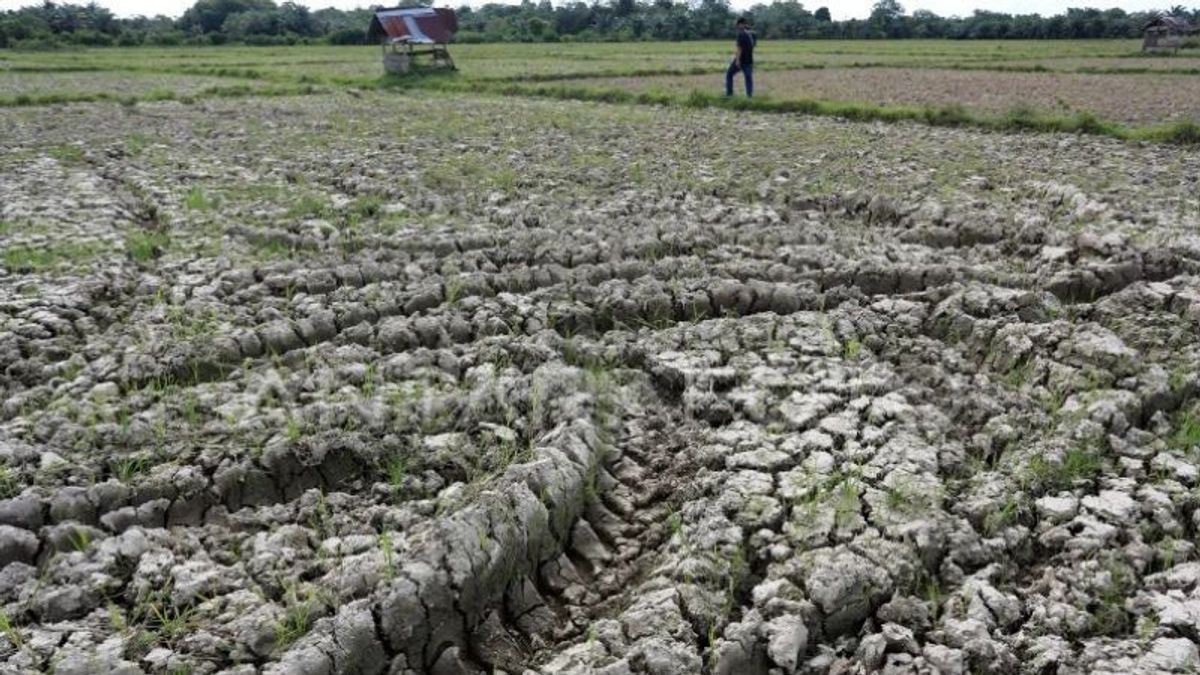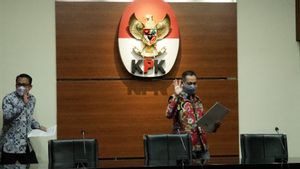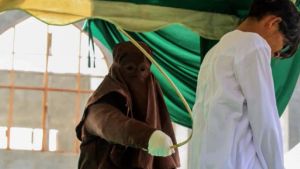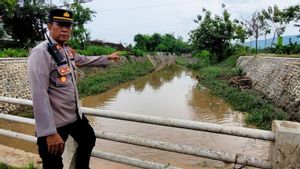BANDA ACEH - Aceh's Agriculture and Plantation Service (Distanbun) said there are five districts in the province that are expected to be prone to drought in line with the El Nino and Indian Ocean Dipole (IOD) phenomenon this year, which has an impact on the rice planting season.
Head of Aceh Distanbun Cut Huzaimah said the results of the mapping were 6,443 hectares of rice fields spread across 175 villages, 33 sub-districts in five districts prone to drought this year.
"That's Nagan Raya, Aceh Besar, North Aceh, Bireuen, and Pidie," he said as quoted by ANTARA, Friday, June 9.
His party has also prepared a solution plan to anticipate rice drought due to the extreme climate change, by providing 93 syringes and 83 water pumps in the five districts.
"We are also trying to find a solution so that companies in Aceh can use CSR funds to build injection wells. Water pump assistance also exists, only but still needs fuel so they also need help from other parties," he said.
He detailed that in Nagan Raya Regency there are 20 hectares of rice fields that are prone to dryness with a solution plan to prepare one injection well unit. Then 893 hectares of drought-prone land in Aceh Besar with a solution of 16 syringes and 11 water pumps.
Furthermore, an area of 1,830 hectares of rice fields prone to drought in North Aceh with a solution of 26 syringes and 11 water pumps, 459 hectares in Bireuen with a solution of 20 syringes, and 3,241 hectares of land in Pidie with a solution of 30 syringes and 61 water pumps.
Previously, the BMKG said that the phenomenon of El Nino was getting stronger with the presence of an IOD to a positive direction that could trigger drought in Indonesia during the dry season.
The phenomenon of El Nino being influenced by sea level temperatures in the Pacific Ocean and IOD which are affected by temperatures in the Indian Ocean, both of which occur simultaneously during this year's dry season.
This condition is predicted to occur in the second semester of 2023 which has an impact on the decreasing rainfall in parts of Indonesia during this dry season period.
VOIR éGALEMENT:
Cut Huzaimah explained that Aceh's rice planting area during the gadu planting season or April-September is 170 thousand hectares. This climate change condition also makes it difficult for officers and farmers to predict the right planting schedule.
This prolonged dry season causes river water discharge to decrease so that water storage facilities such as reservoirs, reservoirs, pipelines, and pumping are needed.
To anticipate drought in small areas, pumps have been provided. However, for operations, fuel is needed and the support of all parties is needed," he said.
On the other hand, farmer business insurance is also needed to reduce the risk of crop failure. This year as much as 4,000 hectares of land has been included in insurance with 80 percent premium borne by the central government and 20 percent borne by the Aceh Government.
The English, Chinese, Japanese, Arabic, and French versions are automatically generated by the AI. So there may still be inaccuracies in translating, please always see Indonesian as our main language. (system supported by DigitalSiber.id)













